I would like to introduce a new segment on my blog which will be called ‘Game changers’.
It usually takes a lot of time and effort to master the art of scale modelling. There are some milestone techniques like airbrushing or oil paint weathering that you just need to practise painstakingly. But there are also those little things that can push you forward. Sometimes you just don’t realize that they are out there and how important they may be. I’ll be referring to those little things as ‘the game changers’ and I’ll try to point them out on my blog. They may be a technique, a very specific product or just a concept that helped me get to the next level. I hope they can be useful for you as well.
I’d like to start the series with something as humble and inconspicuous as it gets – the gloves.
For years I didn’t really think about how handling my models during the work affected the final result. But when you think of it, there’s a lot of touching the model and moving it around. During the construction it’s normal that things get messy, but when you’re painting you need to start paying attention to what you’re touching with your hands. Especially if you use acrylics that are particularly fragile.
Even if you wash your hands before your modelling session (you do, right?), you can’t imagine all the stuff that you will be touching. The natural grease and sweat will come back eventually, especially during long sessions of painting. Maybe you grab a mug to take a sip from time to time? Or maybe you stop the painting to type something on the keyboard? You’re going to collect a lot of dirt along the way and this dirt will end up on your model, no questions asked.
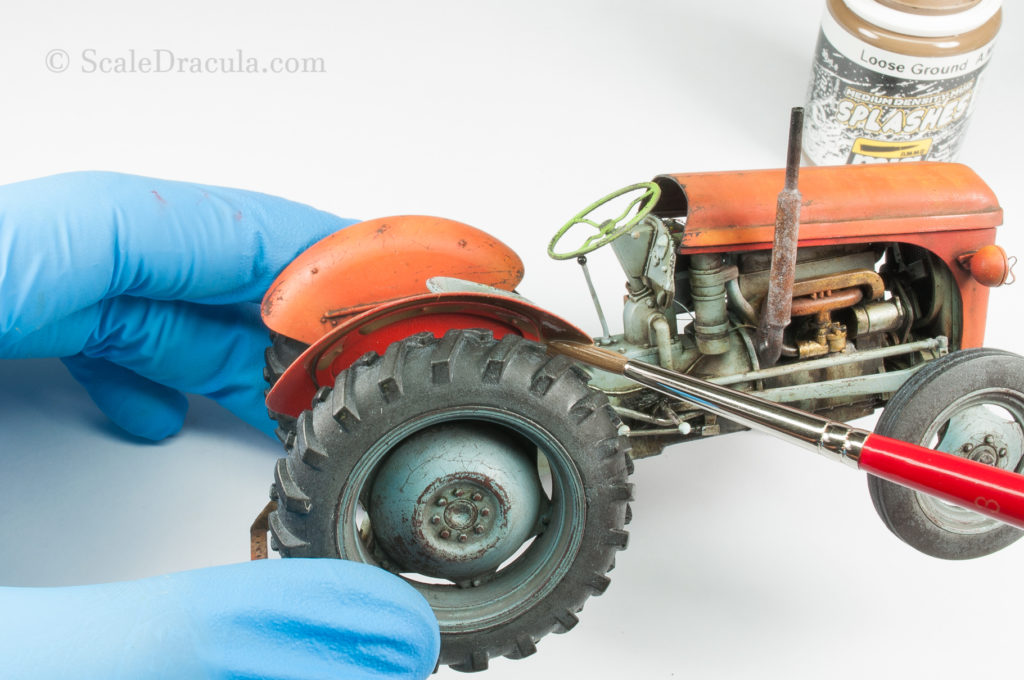
Some of the modellers don’t like to wear gloves because it makes them feel weird or uncomfortable. I can relate to that. I think I have a much better control over both brush and airbrush with my bare hand. That’s why I only wear one glove on my left hand which holds the painted object (you may want to switch that if you’re left-handed). The right hand runs freely handling any tool it needs to.

Let’s not forget about another advantage of the gloves: they keep your hand clean from (often toxic) paints and weathering products. Skin irritation may not be your major concern. But I’m sure you don’t want to look like a coal miner after your painting session.
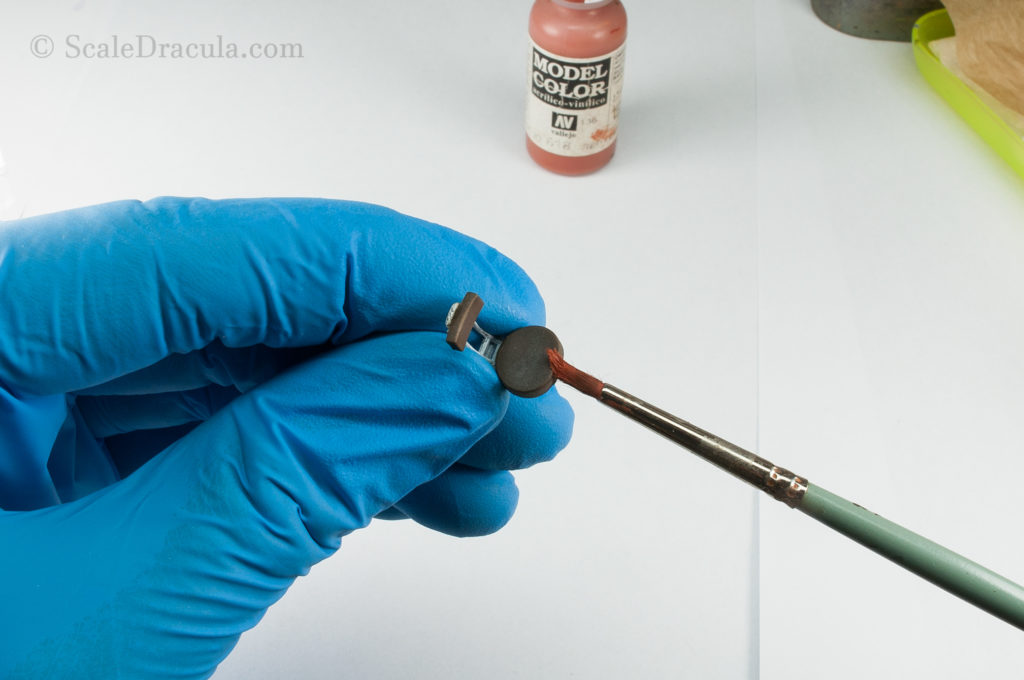
So I strongly encourage you guys to wear gloves (or a glove) during painting. The best option for me are disposable nitrile gloves you can see on the pictures. They are pretty cheap and reliable. And you can wear them more than once if they’re not too dirty. Make sure you avoid powdered latex gloves. The talcum powder makes them easier to put on, but you don’t want the dust flying around your workspace.
I know. This isn’t the most sexy tip. But trust me: little things like that can help you stepping up your game. Maybe not by itself by they are definitely a part of a bigger picture. So glove up ladies and gentlemen! 😉


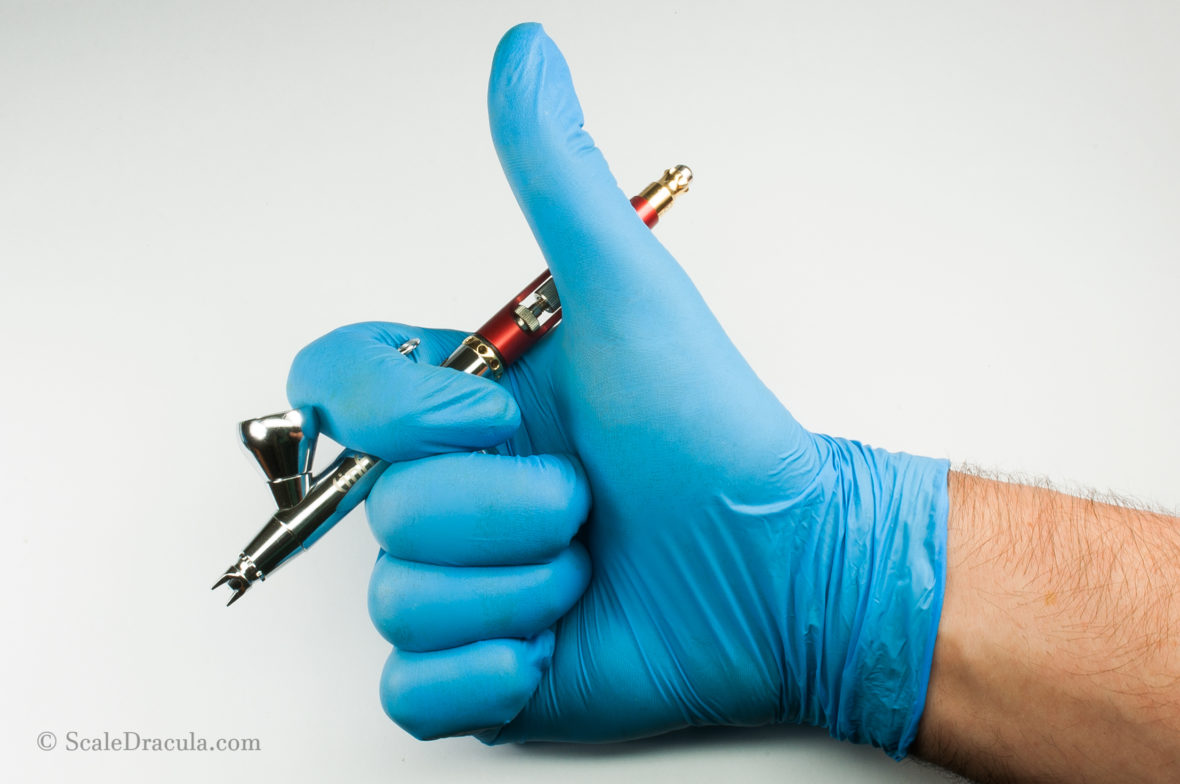
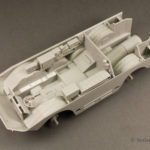
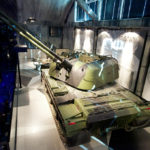

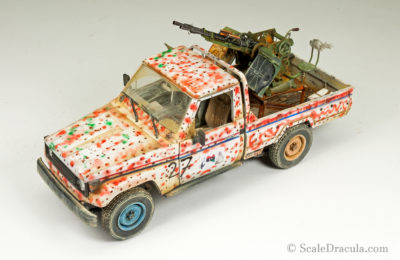

3 Comments
Scott Pasishnek
8 January 2019 at 22:07Wow great stuff. Please check out my YouTube channel “smallsoldier” and consider subscribing. We love the same things!
ScaleDracula
9 January 2019 at 03:36Very interesting channel, Scott. I wish I had so much brush skill… The figures is an area I definitely need to improve.
Chris G.
3 November 2019 at 04:15Duly noted, with the gloves. Also.. I seem to feel a bit more “professional” when I’m wearing gloves so I tend to work a bit more carefully when I’m wearing them.
Anyway, found your blog today and it’s helped immensely. Thanks and keep it up!